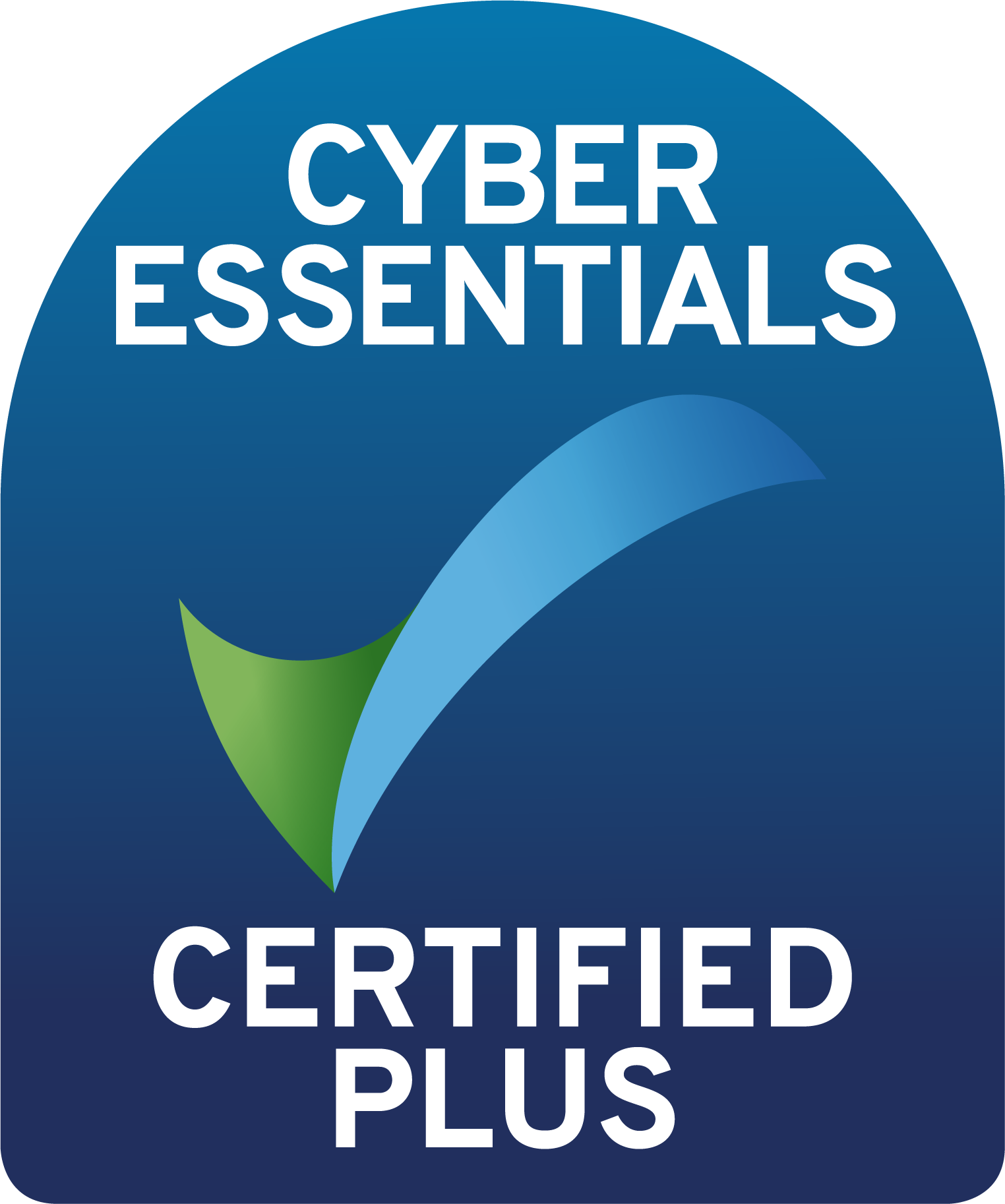This blog is a supplement to the technical guide Vissensa has written around the use of the SPF, DKIM and DMARC records within domains that can be modified to repel the attempts of bad actors who wish to impersonate legitimate email domains.
This article briefly discusses the consequences of an email spoof episode.
Email spoofing is disruptive for several reasons, as it can lead to various negative consequences and pose significant risks to individuals by impersonating organisations that an individual trusts and does regular business with, for example a bank, or the organisations themselves. Consequences such as the loss of trust and the effort required to regain trust of third parties who have received malicious emails threads from your email address which, as a result, fractures the reliability and trust of the email communication ecosystem as a whole.
What are the core attack vectors that email spoofing is looking to achieve:
Phishing and Fraud: Email spoofing is often used as a tool for phishing attacks. Bad actors can impersonate trusted entities, such as banks, government agencies, or well-known brands, to deceive recipients into disclosing sensitive information like passwords, credit card details, or social security numbers.
Malware Distribution: Spoofed emails may contain malicious attachments or links to infected websites. Unsuspecting recipients who trust the sender and click on these links or download attachments can inadvertently introduce malware or ransomware into their systems, causing extensive damage. Emails of these types with malware payloads are commonly sent to web apps or email apps on mobile devices as they know users are more likely to respond and that the corporate security systems are less likely to be deployed on these devices.
Financial Loss: Email spoofing can lead to financial losses for both individuals and organisations. Fraudulent emails can trick recipients into making unauthorised payments, transferring funds to fraudulent accounts, or disclosing financial information. Again, the mobile device is the preferred “weapon of choice.”
Reputation Damage: This is a very difficult problem to resolve as when recipients receive spoofed emails from a trusted domain, they will lose trust in that organisation, and bring questions into play on the subject of data security, GDPR and other doubts on the credibility of the organisation. This may affect customer loyalty and brand credibility.
Legal and Regulatory Consequences: Depending on the nature of the spoofed emails and the harm caused, there is an increasing risk of legal and regulatory consequences brought by the regulators themselves, individuals that have a right to be informed if their personal data has been accessed and companies who could press for damages and reparations if your email domain is identified as the sender of malicious malware payloads.
Information Disclosure: Email spoofing can lead to unauthorised access to sensitive information. Attackers may use spoofed emails to request confidential data, login credentials, or other sensitive information, which can then be exploited for malicious purposes and lead to the legal and regulatory consequences described above.
Disruption of Business Operations: Organisations may experience operational disruptions when dealing with email spoofing incidents. IT teams may need to investigate and mitigate the impact, leading to downtime and additional expenses.
Reduced Trust in Email Communications: Widespread email spoofing can erode trust in email as a communication channel. Recipients may become more sceptical of email messages, leading to legitimate emails being mistakenly classified as spam or ignored.
Increased Spam and Phishing Volume: Email spoofing contributes to the overall volume of spam and phishing emails. This inundation of malicious emails can overwhelm email servers, making it challenging to filter out genuine messages from fraudulent ones.
Long-term Repercussions: Once an organisation’s domain is associated with spoofed emails, it can take time to rebuild trust and restore its reputation. Even after resolving the issue, some recipients may remain cautious when interacting with emails from that domain.
To mitigate the disruptive effects of email spoofing, organisations and individuals should implement email authentication mechanisms such as SPF, DKIM, and DMARC, educate themselves and their staff about phishing risks, and use advanced email filtering and security solutions to identify and block spoofed emails. Additionally, staying vigilant and verifying the authenticity of email senders can help reduce the impact of email spoofing attacks.











